What Is Academic Assessment?
 Academic assessment measures the extent to which students have achieved expected student learning outcomes (SLOs) within an academic program. SLOs are expectations for what students should know at the end of an academic program. Assessment is one of the College’s methods of ensuring 1) its academic programs are effective and 2) its students are demonstrating the academic skills and abilities they are expected to have when they complete an academic program.
Academic assessment measures the extent to which students have achieved expected student learning outcomes (SLOs) within an academic program. SLOs are expectations for what students should know at the end of an academic program. Assessment is one of the College’s methods of ensuring 1) its academic programs are effective and 2) its students are demonstrating the academic skills and abilities they are expected to have when they complete an academic program.
The assessment process requires faculty members overseeing an academic program to establish SLOs; map the curriculum to determine when assessments will occur within the major, minor, or program; select methods for assessing student learning; analyze the results of the assessment; and plan improvements to teaching and learning based on those results.
Principles of Good Assessment Practice
H-SC follows the Principles of Good Assessment Practice adopted by the American Association of Higher Education (AAHE) in 1992, which were reaffirmed in 2012 (Hutchings, Ewell, & Banta, 2012) and state the following:
- The assessment of student learning begins with educational values.
- Assessment is most effective when it reflects an understanding of learning as multidimensional, integrated, and revealed in performance over time.
- Assessment works best when the programs it seeks to improve have clear, explicitly stated purposes.
- Assessment requires equal attention to the outcomes and the experiences that lead to those outcomes.
- Assessment works best when it is ongoing, not episodic.
- Assessment fosters wider improvement when representatives from across the educational community are involved.
- Assessment makes a difference when it begins with issues of use and illuminates questions that people really care about.
- Assessment is most likely to lead to improvement when it is part of a larger set of conditions that promote change.
- Through assessment, educators meet responsibilities to students and the public.
H-SC's Assessment Philosophy
Additionally, Hampden-Sydney has developed its own set of assumptions about assessment:
- We collect and track data that are useful and relevant to the mission of this College.
- Assessment is a collective effort and will be conducted at the institutional, program, and classroom levels. It will be driven primarily by faculty but funded, supported, and coordinated by the administration.
- Academic assessment is used primarily for enhancing student learning and improving instruction.
- We will employ multiple assessment methods including primarily direct measures of student learning (e.g., portfolios, performance appraisals, capstone assignments) and supplemental indirect measures of learning (e.g., self-reported estimates of progress, satisfaction ratings).
- Assessment will lead to program improvement and increased institutional effectiveness.
As a member of institution of the Southern Association of Colleges and Schools Commission on Colleges, Hampden-Sydney College is required to complete academic program and administrative unit assessments.
Academic Assessment Procedures
Follow these procedures for completing academic assessment reports at H-SC
Assessment Procedures web page
Academic Assessment Process Training
a Power Point training/presentation describing the assessment process at H-SC

